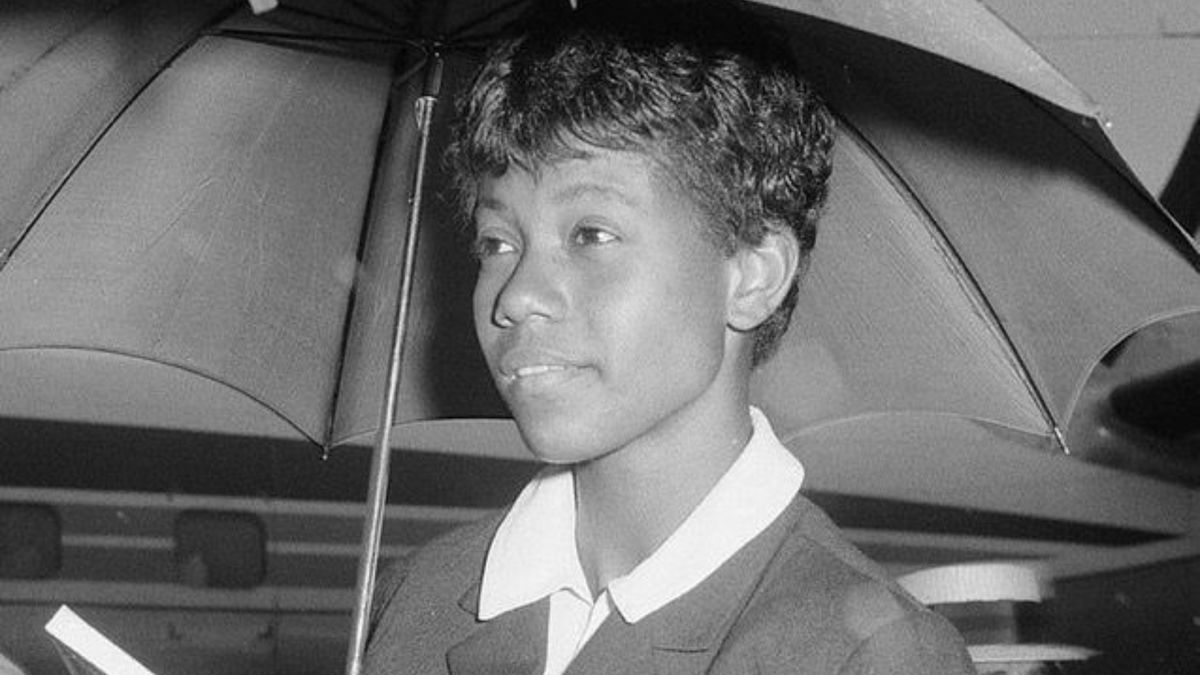

“The Tornado, the fastest woman on earth,” was Wilma Rudolph’s moniker that still echoes decades after her passing. Born as the 20th of 22 children and arriving prematurely, weighing only four and a half pounds, her survival seemed improbable in a household devoid of basic amenities like electricity and running water. Many in her small Tennessee town doubted that such a tiny infant would see her first birthday. Nonetheless, she survived.
Watch What’s Trending Now!
However, her early years were plagued by sickness, from scarlet fever to pneumonia, and even polio. Doctors offered little hope, predicting that she might never walk again. But Wilma defied them all. As soon as she regained her ability to walk, she took off running and jumping and became an Olympian. Thus, she showed the strength that would define her life. With the Summer Games just a few months away, Olympics.com celebrated the life and journey of Wilma Rudolph by sharing a video on YouTube.
ADVERTISEMENT
From Polio to hopeful dreams: Story of Wilma Rudolph
Wilma Rudolph’s journey to athletic greatness began amidst humble beginnings. Her father worked as a railway porter, while her mother served as a maid. However, adversity struck early in her life when she contracted infantile paralysis at the tender age of four. Though she managed to recover, the aftermath left her with a twisted left leg and foot, necessitating the use of a brace until she was nine, followed by years of rigorous physical therapy and the aid of an orthopedic shoe.

ADVERTISEMENT
Despite the grim prognosis from her doctors, who doubted she would ever walk again, Wilma Rudolph found support and belief from her mother. “My doctors told me I would never walk again,” she recalled. “My mother told me I would. I believed my mother.” With determination, she overcame this and survived battles with polio and scarlet fever by the age of 12.
ADVERTISEMENT
It was during her time at the all-black Burt High School, where segregation still reigned, that Rudolph’s athletic prowess began to emerge. Initially drawn to basketball, she eventually caught the eye of Tennessee State track and field coach Ed Temple. Recognizing her natural talent, he encouraged her to pursue the track. But what next?
Top Stories
Forced to Leave FOX, Cowboys Legend Troy Aikman Says ESPN Is Like ‘U.S. Government’ & Clearly Distinguishes the Two Networks

$250M Michigan Booster Reveals More to Sherrone Moore Saga After Paige Shiver Confirms Police Visit

NFL Files Motion to Dismiss Former Texans Board Member Cary McNair’s “Legally Baseless” Lawsuit

Rafael Nadal Faces New Injury Blow Only a Year After His Emotional Tennis Exit

T.J. Watt’s Wife Shares Emotional Update on Steelers LB Following Worrying Health Scare

Heisman Voter Flags Julian Sayin Disrespect as Fernando Mendoza and Diego Pavia Announce True Intentions

Defied all odds to conquer the world’s greatest athletic stage
At 16, she won the Melbourne Olympics with a bronze medal. With dreams of Olympic glory fueling her ambition, Wilma Rudolph enrolled at Tennessee State University, where she pursued her education and also dedicated herself to rigorous training. In 1959, Rudolph achieved a gold medal in the 100m relay and a silver, in the 100m event during the Pan American Games. However, it was her performance at the 1960 Olympics that truly catapulted her to stardom.
ADVERTISEMENT
With the first-ever international TV coverage of the Olympics, Rudolph’s exceptional speed resonated with viewers worldwide. Braving the scorching heat, she dashed through the 100m race in 11 seconds and set an Olympic record of 23.2 seconds in the 200m event. Additionally, her relay team shattered a world record with a time of 44.5 seconds. This remarkable feat etched her name in history as the first American woman to clinch three gold medals at a track and field event paving the way for female athletes. Although she retired from sports in 1962, she dedicated her life to coaching. Despite succumbing to brain cancer in 1994, her legacy lives on through the foundation that continues to support athletics.
ADVERTISEMENT
ADVERTISEMENT
ADVERTISEMENT

